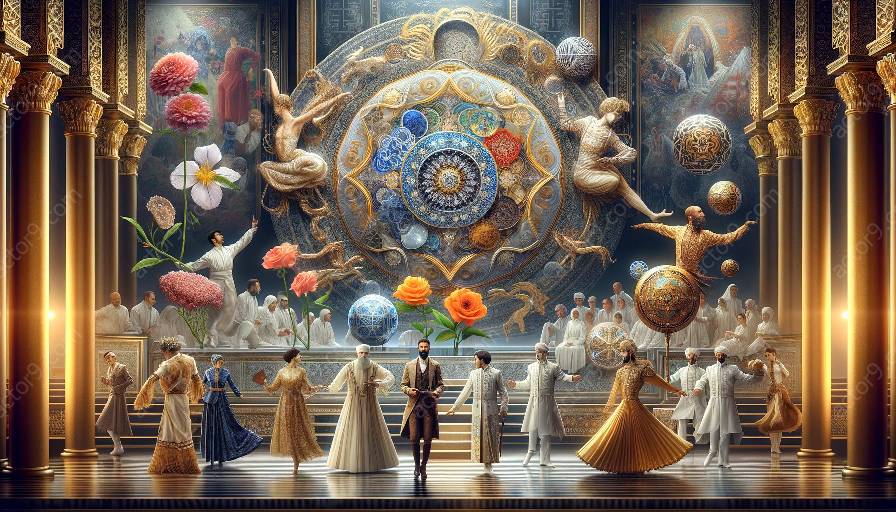Circus arts have a long and fascinating history, rooted in various cultures around the world. These art forms have always been a reflection of societies, traditions, and values, making them an ideal platform for cultural exchange and understanding. In this comprehensive topic cluster, we will explore the ways in which circus arts serve as a powerful vehicle for fostering cross-cultural dialogue and appreciation.
The Cultural Influence in Circus Arts
One of the most compelling aspects of circus arts is their ability to encapsulate and showcase diverse elements of culture. Whether it's traditional music, dance, costuming, or storytelling, circus acts often draw from the rich tapestry of global cultural heritage. For example, the vibrant and rhythmic movements in circus acrobatics may trace their roots to traditional dances from different parts of the world, while the elaborate costumes and makeup reflect the unique aesthetics of various cultures.
Embracing Diversity Through Performance
Circus arts offer a dynamic platform for performers to express and celebrate their cultural identities. As artists from different backgrounds come together to create captivating acts and displays, they naturally infuse their performances with elements of their own heritage. This exchange of cultural expression not only enriches the art form but also serves as a direct representation of the diverse and interconnected world we live in.
Breaking Down Cultural Barriers
Through the universal language of awe and wonder, circus arts transcend cultural barriers. Spectators from all walks of life are drawn to the mesmerizing performances, creating a shared experience that fosters understanding and appreciation of cultural diversity. The captivating nature of circus acts has the power to dissolve prejudices and stereotypes, allowing people to connect on a human level and embrace the beauty of different cultural traditions.
Education and Cultural Diplomacy
The cultural exchange facilitated by circus arts goes beyond mere entertainment; it also serves as a valuable tool for education and diplomacy. Circus troupes often travel around the globe, sharing their art and engaging with local communities. Through workshops, outreach programs, and collaborative projects, circus artists can effectively promote cultural understanding and mutual respect, contributing to a more harmonious and interconnected world.
Preserving Traditional Arts and Heritage
Many circus acts and performances are rooted in age-old traditions and folklore, making them living embodiments of cultural heritage. By showcasing these traditional arts on a global stage, circus performers play a crucial role in preserving and promoting the diverse cultural legacies of their origins. This preservation efforts not only honor the past but also ensure the continuity of cultural traditions for future generations.
Uniting Through Creativity and Innovation
In addition to preserving tradition, circus arts also evolve and adapt to contemporary influences, reflecting the ongoing interplay between cultures. Modern circus productions often integrate new technologies, music genres, and artistic styles, creating a fusion of traditional and contemporary elements. This blending of cultural influences not only keeps the art form relevant but also paves the way for cross-cultural dialogues and collaborations.
Collaborative Productions and Exchange Programs
Circus arts serve as a hub for international collaborations, bringing together artists from diverse cultural backgrounds to create mesmerizing shows. These collaborative efforts not only result in spectacular performances but also foster deep friendships and cultural exchanges among the artists. Additionally, exchange programs and residencies provide opportunities for cultural immersion, enabling artists to gain insights into different traditions and worldviews.
Conclusion
Circus arts have the remarkable ability to transcend linguistic, social, and cultural divides, serving as a powerful force for cultural exchange and understanding. By embracing and celebrating the diversity of human expression, circus performers and audiences alike contribute to a global tapestry of shared experiences, mutual respect, and cultural diplomacy. Through their captivating displays and collaborative endeavors, circus arts continue to enrich our world with the beauty of cultural exchange and understanding.


































